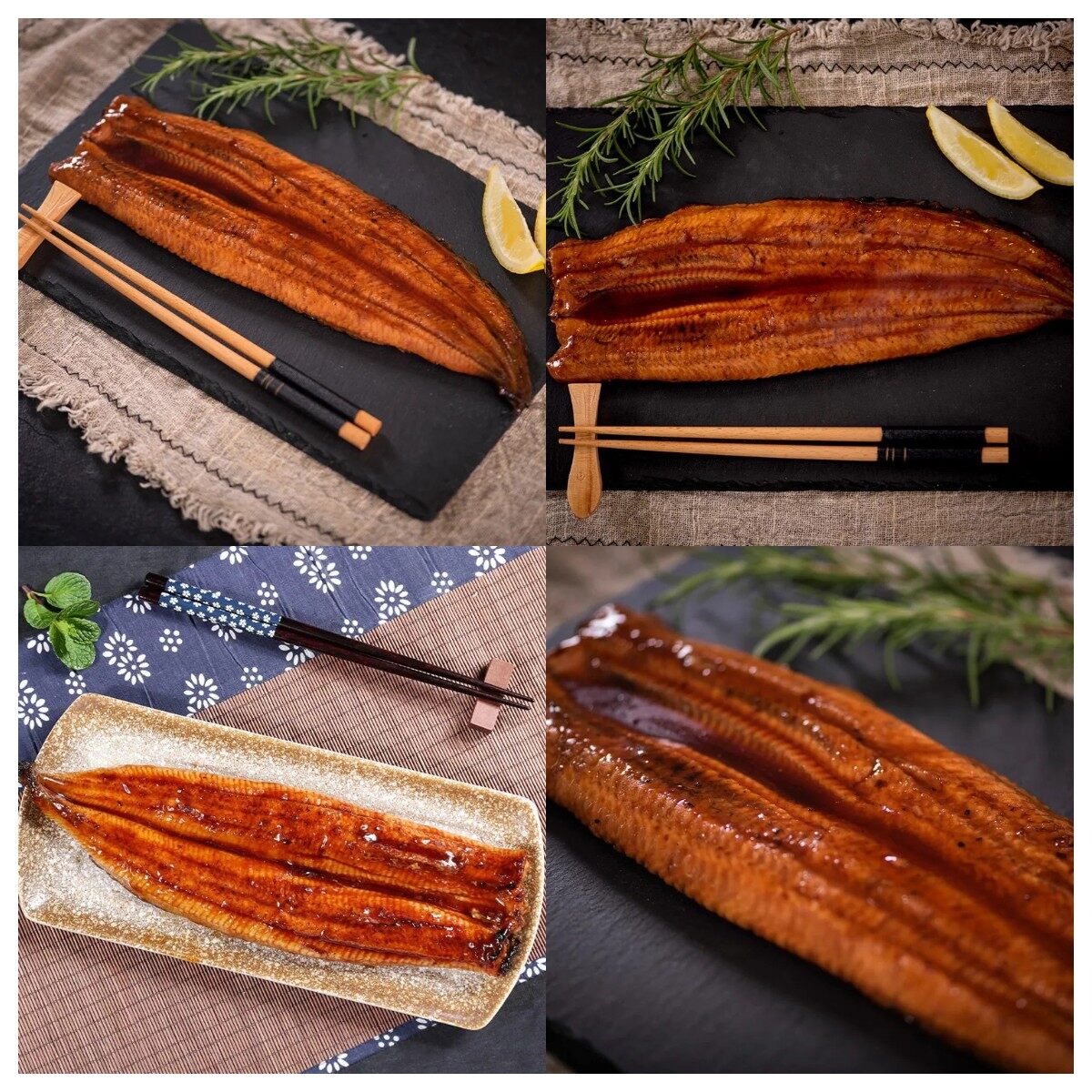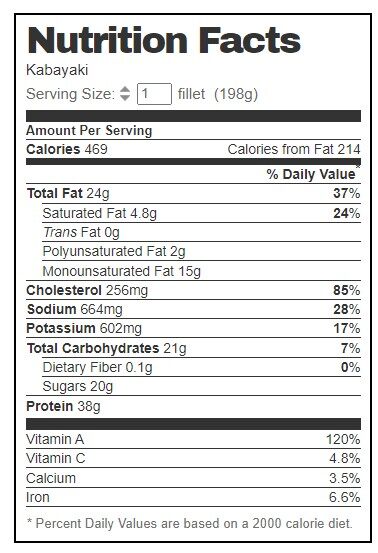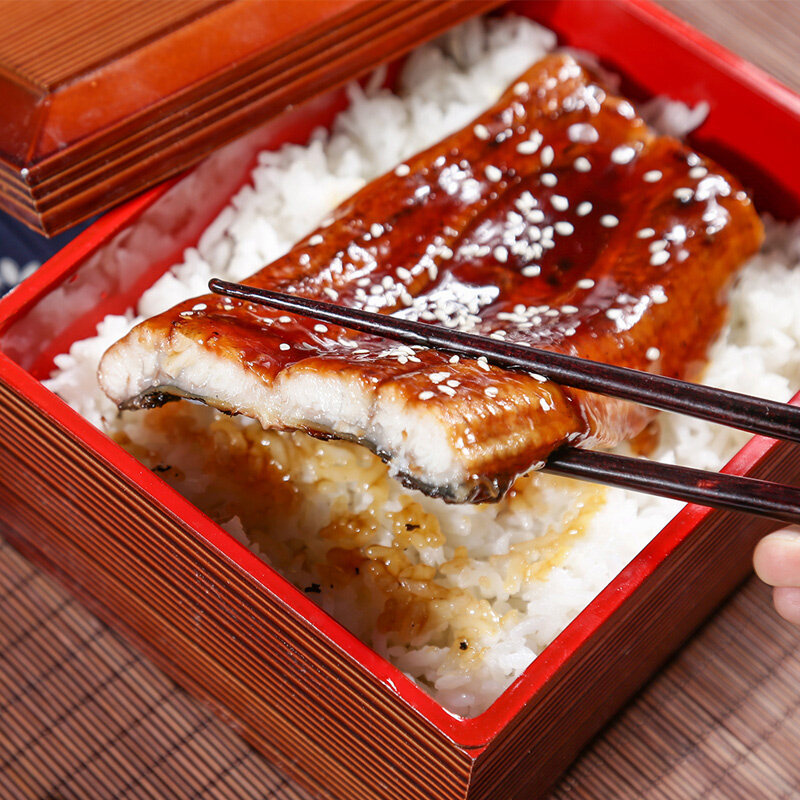Email cannot be empty
Password cannot be empty
Email format error
Email cannot be empty
Email already exists
6-20 characters(letters plus numbers only)
The password is inconsistent
Email format error
Email cannot be empty
Email does not exist
6-20 characters(letters plus numbers only)
The password is inconsistent
yutaka frozen eel unagi kabayaki
What is unagi?
Unagi (うなぎ) is a freshwater eel, and it is different from anago, which is the saltwater eel.
Unagi has a rich, fatty flavor that lends itself well to grilling.

Cooking methods for eel unagi
| Cooking methods and practices | Foods in TOSEA |
|---|---|
| unagi kabayaki no tare | Frozen Roasted Eel |
| unagi kabayaki | Frozen Kabayaki Eel Cut |
| shirayaki unagi | Frozen Shirayaki eel |
| Japanese white soy sauce unagi | Frozen Unagi Koganeyaki |
| bbq eel unagi | / |
| grilled japanese eel | / |
Unagi may be prepared in a variety of ways, but the most popular style is called kabayaki in which the unagi fillets are grilled and basted in a savory sweet sauce.
Main ingredients for yutaka frozen eel unagi kabayaki
Eel, Anguilla rostrata (farming), savory sweet sauce (soy sauce, sugar mixed heterotropic liquid sugar, weizhong, sugar/alcohol, viscosifier (processed starch, Xanthan gum), colorant (caramel pigment, yellow and orange pigment), seasoning (amino acid, etc.) (part of wheat, soybean)).
Nutrition Factor - Serving Size: Kabayaki fillet (198g)
Calories:469, Total Fat: 24g, Saturated Fat: 4.8g, Trans Fat: 0g, Polyunsaturated Fat: 2g, Monounsaturated Fat:15g, Cholesterol: 256mg, Sodium: 664mg, Potassium: 602mg, Total Carbohydrates: 21g, Dietary Fiber: 0.1g, Sugars: 20g, Protein: 38g
Vitamin A: 120%, Vitamin C: 4.8%, Calcium:3.5%, Iron: 6.6%

Basic information of the Frozen eel unagi kabayaki
| Parameters | Information |
|---|---|
| Varieties | Anguilla rostrata |
| Size | 20P--120P |
| Shape | Piece |
| Part | Whole, Body |
| Freezing Process | IQF |
| Frozen way | under -18ºC |
| Shelf Life | 24 Months |
| Certification | ISO, BRC, HACCP |
Frozen Kabayaki Eel Cut
Seafood is frequently cooked using the grilling technique known as "kabayaki." Initially gutted, boned, and butterflied, the item is then marinated in a mixture of soy sauce, sake, sugar, and other seasonings before being grilled for kabayaki. Grilled eels have been a favorite food in Japan since the Edo era (1603 – 1868). They were a typical supper because they were usually inexpensive. Due to declining eel numbers, they are increasingly expensive and typically consumed as a luxury meal today.

